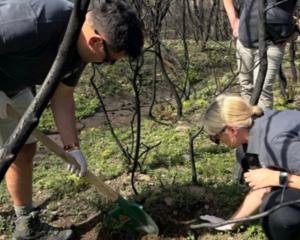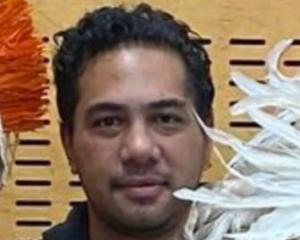In a three-year study, researchers from Raglan firm eCoast Marine Consulting and Research will gather baseline data - including wind and wave conditions and underwater topograhy - on the seven breaks.
Once collected, the data will be used to create a detailed description of how the surfbreaks work from both a physical and scientific viewpoint.
The study's results would support the 2010 New Zealand Coastal Policy Statement, which called for protection of surfbreaks deemed "of national significance".
The breaks to be studied include Piha Beach near Auckland, Manu Bay at Raglan, "The Bar" at Whangamata, "Pines" at Gisborne's Wainui Beach, Lyall Bay in Wellington, and Aramoana and Whareakeake, also known as Murdering Bay, near Dunedin.
The breaks have long been revered by surfers as among some of the world's best - the left-hander at Manu Bay featured in the 1966 cult surf film The Endless Summer.
Hawaiian pipeline master surfer Gerry Lopez once described the Whangamata Bar - also the home of Kiwi world champion Ella Williams - as a jewel of the Pacific.
The funding was awarded by the Ministry of Business Innovation and Employment to the consultancy as part of a consortium led by Waikato University.
"New Zealand is the only country in the world to recognise in legislation the importance of surf breaks as important social and economic resources that should be protected," said eCoast director and Waikato University PhD candidate Ed Atkin.
"Yet there is essentially no baseline quantitative information on which to base any management decisions.
"This project will change that and serve as a model for others to follow in terms of surf break protection and the protection of recreational resources in general."
The firm's managing director, Dr Shaw Mead, said each of the surf breaks were either world famous or important to the local community as a recreational resource.
"Several of these breaks have been the subject of contentious debate resulting from developmental pressure," he said.
"This research will help community members and decision makers to be better informed about what is really important with regards to how surf breaks work."
Other surfbreaks described as being of national significance in the National Policy Statement include "Peaks" in Northland, "Whale Bay" and "Indicators" at Raglan, "Waiwhakaiho" and "Stent Road" in Taranaki, Makorori Point and "The Island" in Gisborne, "Mangamaunu" and "Meatworks" in Kaikoura, and "The Spit", Karitane and Papatowai in Otago.
By Jamie Morton of the New Zealand Herald












